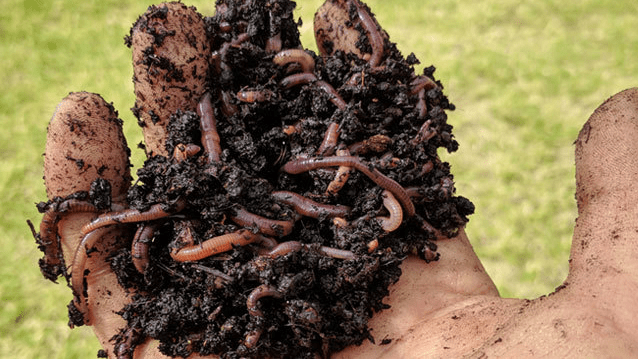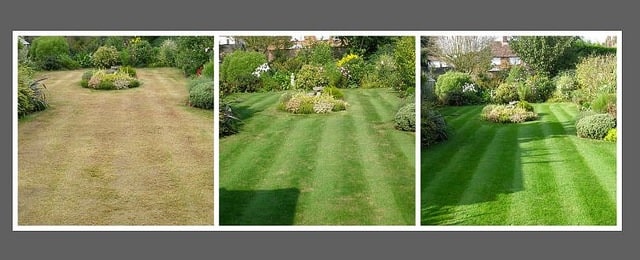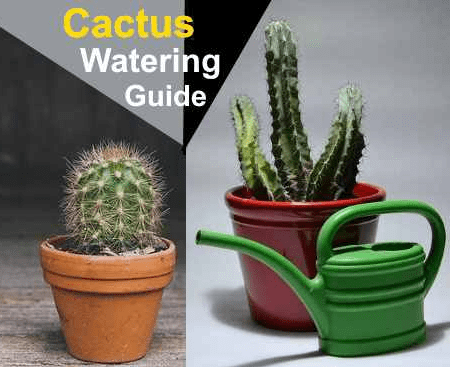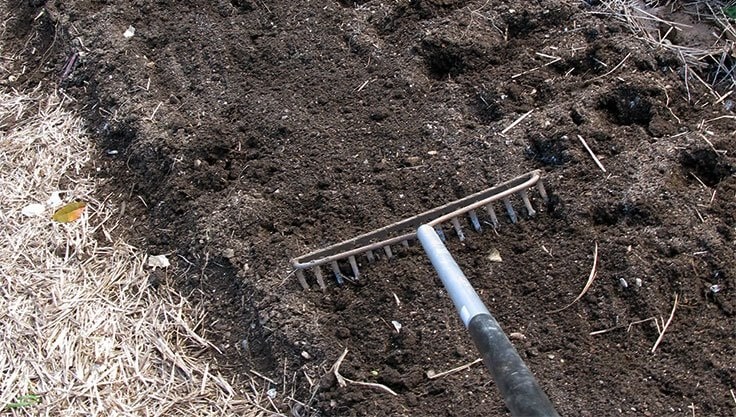I’ve always found hedges to be one of the best ways to create a natural, affordable, and space-saving privacy screen in the garden. They blend beautifully into the overall greenery and bring structure and charm to any outdoor space. But like many hobby gardeners, I used to ask myself: Which hedge suits my garden best? Should I go for an evergreen option or something that blooms?
Every hedge plant has its own unique needs and isn’t suitable for every type of soil or location. Over time, I’ve learned a lot about which plants work well and which ones might be more of a challenge. So, I’ve put together a list of five popular hedge plants, along with their pros and cons, to help you find the perfect hedge for your garden—just like I did.
Contents
1. Thuja (Arborvitae)
One of the most popular hedge plants in Tyrol is the Thuja. These trees grow quickly and are easy to care for.
- Growth: 2 to 4 meters tall
- Planting density: About 3 trees per meter for optimal privacy
- Conditions: Prefers sunny locations with humus-rich, slightly moist soil
- Features: Hardy and wind-resistant; needles may turn green-brown in winter
- Maintenance: Prune twice a year – but be careful not to cut too much, as heavy pruning can prevent regrowth
2. Boxwood
Boxwood hedges are ideal for small to medium-sized spaces.
- Growth: Typically 1 to 1.5 meters tall (up to 2 meters with wild species Buxus sempervirens)
- Conditions: Prefers humus- and nutrient-rich soil; not too dry
- Location: Suitable for both sunny and shady spots
- Features: Low-maintenance and very shapeable; allows for creative trimming (balls, cones, pyramids, or even animal shapes)
- Maintenance: Only one pruning per year
- Drawback: Grows very slowly – it can take years to reach full height
3. Forsythia – Bring Color to Your Hedge
Also known as the golden bell, Forsythia is a summer-deciduous flowering shrub, often used as an ornamental hedge.
- Growth: Compact varieties are available for small gardens or low hedges
- Blossoms: Fragrant, yellow flowers bloom early in spring
- Conditions: Avoid dry, nutrient-poor, or overly shady locations
- Maintenance: Requires watering during dry spells and fertilizing if needed – otherwise, gaps can develop in the hedge
- Features: Combines aesthetic and functional use – a beautiful flowering hedge with practical purpose
4. Hibiscus Hedge – Mediterranean Bloom
While many hibiscus varieties are sensitive to cold, Hibiscus syriacus (Rose of Sharon) is winter-hardy and well-suited for Tyrolean gardens.
- Growth: 150–200 cm tall after several years; slow-growing
- Seasonality: Ideal for seasonal privacy – lush in summer with beautiful blooms
- Flowers: Pink, blue, and white flowers bloom until late September
- Conditions: Requires a sunny, sheltered location and nutrient-rich, humus-rich soil
- Planting density: 2 plants per meter for a dense hedge
- Bonus: Mix flower colors for a vibrant, varied look
5. Yew Hedge
The yew is a very undemanding hedge plant.
- Growth: Up to 4 meters tall; grows very slowly
- Location: Thrives in both sun and shade
- Maintenance: Very durable and low-maintenance; can withstand heavy pruning and only needs trimming once a year
- Toxicity warning: Highly poisonous – needles, fruits, bark, and wood are toxic. Not recommended for households with small children or pets. Birds, however, enjoy the red berries.
My Personal Take
Looking back on my own garden journey, I can honestly say that choosing—and caring for—the right hedge has transformed my outdoor space. From the instant privacy of fast-growing Thuja to the playful blooms of Forsythia and Hibiscus, each plant brings its own character and set of challenges. I’ve learned that patience is key (especially with slow-growers like Boxwood and Yew), and that tailoring your choice to your soil, light conditions, and maintenance preferences makes all the difference.
Ultimately, the “perfect” hedge is the one that fits my lifestyle as much as my garden’s microclimate. Whether you dream of sculpted Boxwoods, a riot of spring color, or a year‑round evergreen screen, I encourage you to consider your own needs, experiment a little, and enjoy the process. After all, nurturing a hedge is as rewarding as watching it flourish, season after season.
Happy gardening—and here’s to many years of green borders and fragrant blooms in your own backyard!










